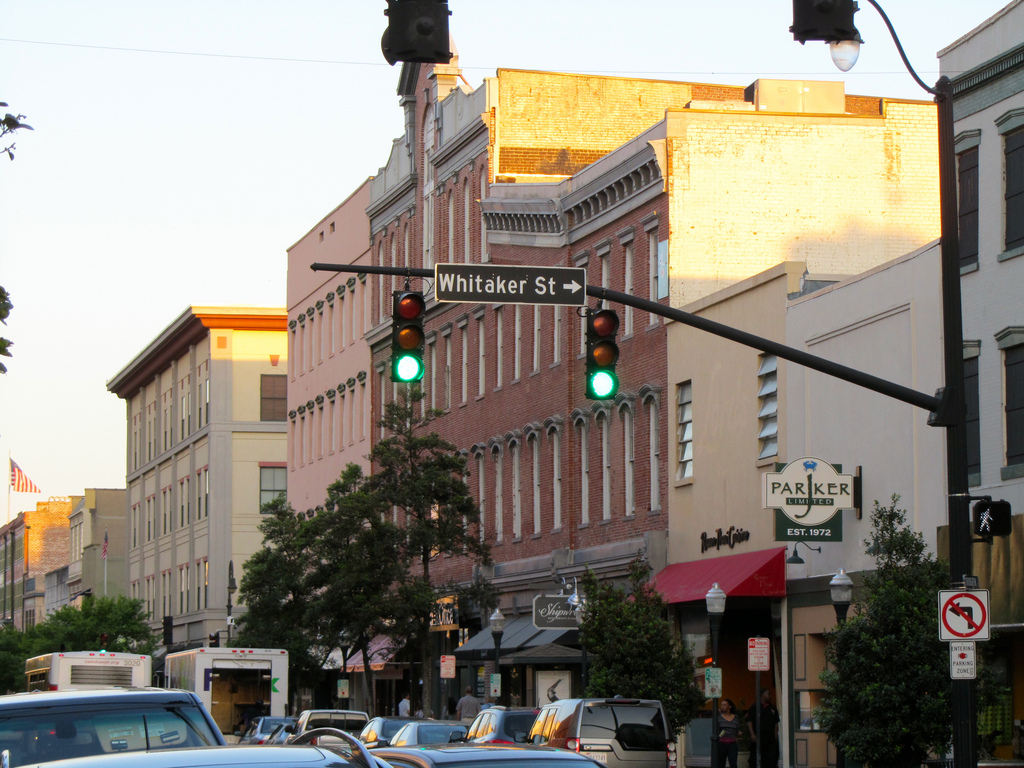Historic Tax Credits Drive Downtown Revitalization
The town of Sandusky, Ohio is experiencing a bit of a resurgence these days, thanks in part to Historic Tax Credits (HTCs) incentivizing developers to re-think their approach to space, as described in: Booming downtown Sandusky gets a boost. While this isn’t necessarily a “new” approach to redevelopment, it is an incentive that is preserving the culture and architectural nuances of cities across the country, and PREF LLC is uniquely positioned to help organizations strategically leverage HTCs through financing and trading tax credits.
Here in Georgia, downtown Savannah has experienced a similar resurgence. Boarded and largely desolate for years, Broughton Street is a great example of how businesses recognized and utilized redevelopment incentives to revitalize the downtown area to a once again make it a bustling center of commerce.
BusinessinSavannah.com cites a study by real estate and economic development firm, Place Economics, who reiterates the importance of these programs to support revitalization: “State tax credits and the local property-tax incentives clearly encourage private investment in historic resources. Maintaining both should be a priority. Then there are areas in Savannah that have the characteristics of a historic district but aren’t designated either as local districts or National Register districts. Discussions should be held to see if other neighborhoods could be added to one, the other or both.”
Augusta is another example of a city committed to preserving the integrity of its downtown district, having launched MyDowntownAugusta.com, on which an extensive list of redevelopment incentives is cited to illustrate the opportunity and pave the path for companies interested in taking advantage of tax credits and other incentives for relocating downtown.
According to a July 2017 Fact Sheet from the Office of the Comptroller of Currency, the federal historic tax credit allows program participants to claim a tax credit of 20 percent of the Qualified Rehabilitation Expenditures (“QREs”) against their federal tax liability.
Since the Tax Reform Act of 1976, the HTC program has facilitated the rehabilitation of over 42,000 certified historic buildings and has attracted more than $84 billion in new private capital to the historic cores of cities and towns across the nation. Further, more than 30 states recognized the importance and effectiveness of the historic preservation incentive and have developed individual state historic tax credit programs that closely resemble the federal model.
America loves its classic architecture. Downtown areas strive to maintain the character and charm that historic buildings offer – while striving to make these buildings viable for use in today’s economy. Historic Tax Credits have proven that this can be accomplished in an effective, sustainable fashion that helps all interested parties accomplish their objectives – from maintaining character of historic buildings to spurring growth and economic development.
PREF, LLC Founder Steve Rothschild has helped facilitate the transfer of HTCs to support the redevelopment of historic properties across the country. Understanding how these tax credits can be applied to offset restoration projects is a critical component of real estate management in which Steve works closely, as a strategic partner, to fully maximize the opportunities presented through tax credits.



